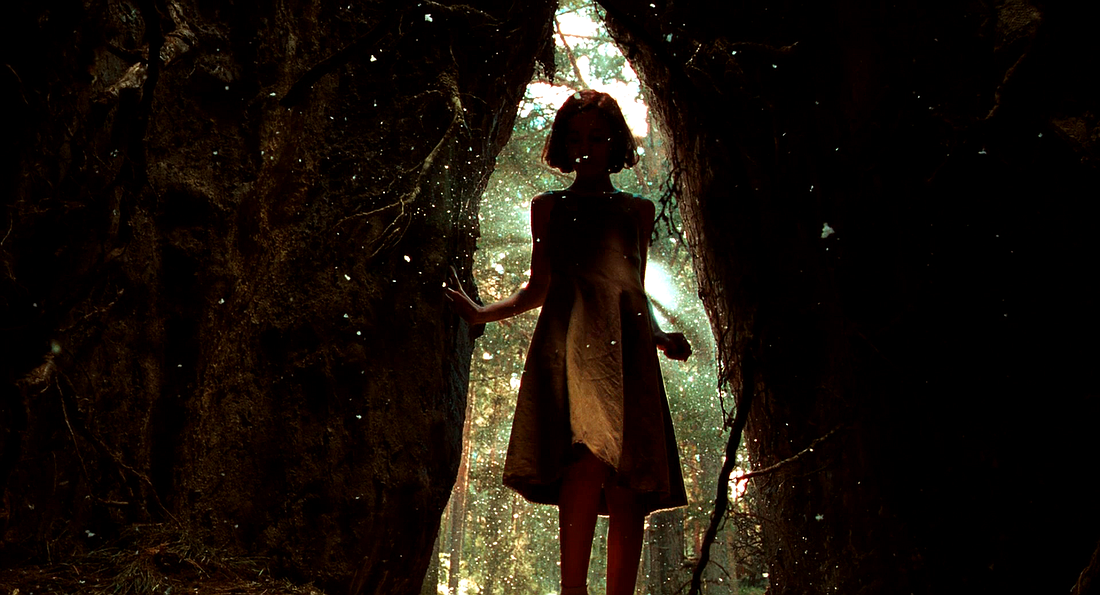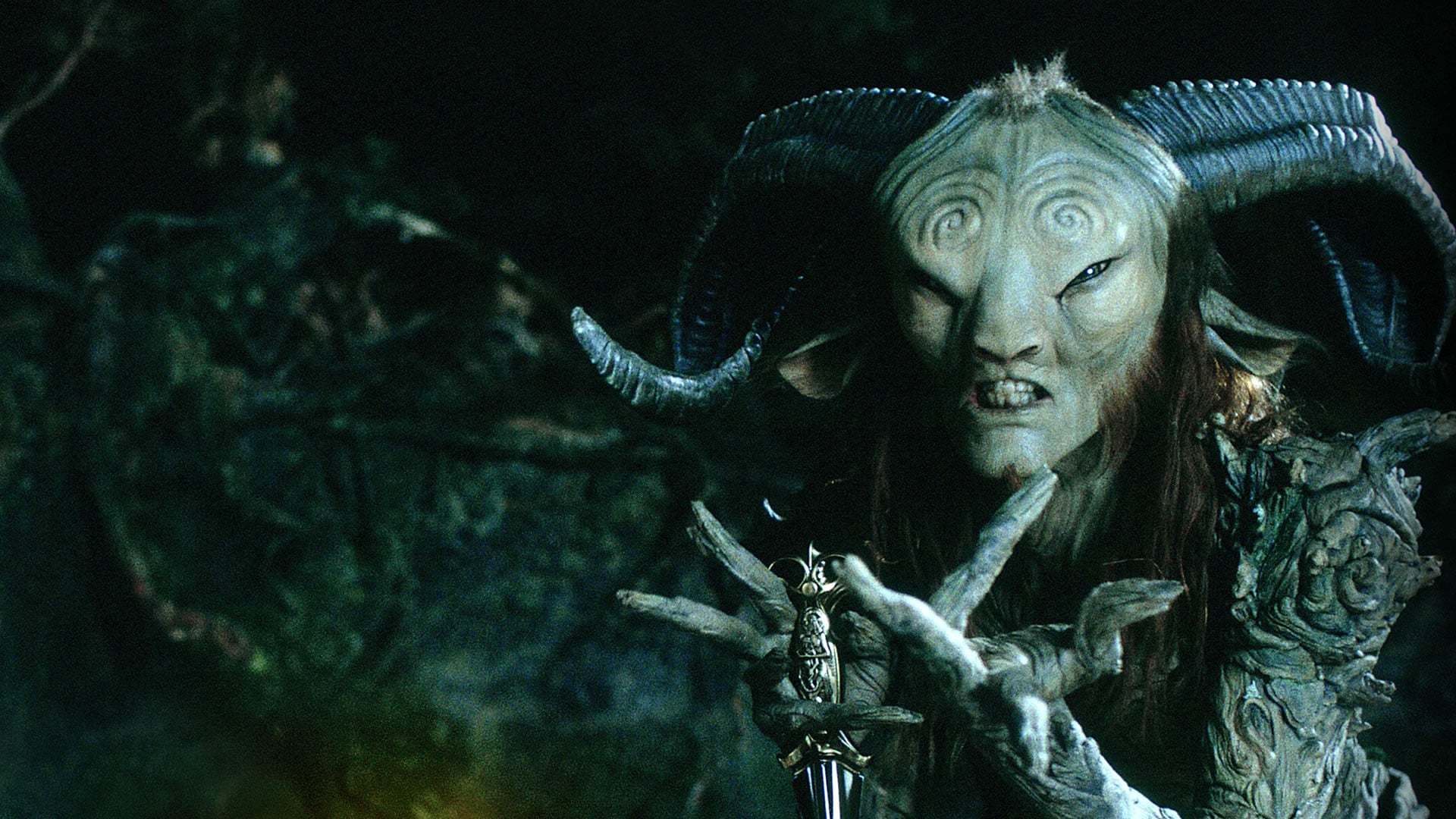- May 3, 2025
-
-
Loading

Loading

They hauled him to the crossroads
As day was at its close;
They hung him to the gallows
And left him for the crows.
His hands in life were bloody,
His ghost will not be still
He haunts the naked moorlands
About the gibbet hill.
And oft a lonely traveler
Is found upon the fen
Whose dead eyes hold a horror
Beyond the world of men.
The villagers then whisper,
With accents grim and dour:
"This man has met at midnight
The phantom of the moor."
— Robert Howard, "The Moor Ghost"
October 2019 has come and gone, but it is still Halloweekend, so Cringe Blog lives for one more week. Like last year, this has been a lot of fun. I’m obviously a fan of the genre, but I hope you all have learned to at least appreciate if not enjoy it more over the past four weeks. If it just wasn’t your thing, don’t worry: We have more themed months in the planning stages.
Now, let’s get right to the p–
No, sorry. No. I can’t move on yet. I promised myself I was going to “stick to scares” this week, but I’m breaking that promise. I have something to say. Buckle up.
*Deep breath*
It was revealed this week that Netflix is thinking about adding a feature that would let viewers watch content at 1.5 or 0.5 speed. The company’s reasoning for this is that people don’t have time to consume all the content it provides, so this will let them consume things quicker (i.e., consume more of it).
Netflix, buddy, if you were a person, I would grab your shoulders and shake some sense into you. This is a terrible (horrible, no good, very bad) decision for a lot of reasons. Let’s count them down. No. 1: This is a self-inflicted problem. Netflix – and other streaming services – started putting out content at such a rate that no one human could possibly watch it all. They created at will, forgetting after a while that shows are supposed to be good, too, and not just, uh, available. Especially in “binge watch” form. By the time I finish a series, three more have dropped.
No. 2: Binge-watching, as an idea, sucks. I was in favor of it when it was a rarity. I still remember when it first happened with “House of Cards.” I was in college, and I watched it all in a weekend. It was a great weekend! But then every show did it, and our brains got overloaded. Last year, for example, I watched the entire first season of Netflix’s “The Umbrella Academy.” I watched it all in one week, maybe less. I even wrote about it for this very column. Without reading my piece again, here’s what I remember about the show: It’s about a family of people with superpowers who try to prevent the apocalypse. Ellen Page is in it. There’s a monkey butler. It was fine.
That’s it! I could not tell you a single character’s name or the dynamic each family member shares with another or what the themes of the show are. I just remember the elevator pitch, the series’ biggest star and the feeling I had watching it, which was “this is fairly entertaining.” That is a problem for someone like me, who likes to mine subtext from everything I watch and climb the ladder of abstraction to relate it to my own life, possibly even learning something about myself or the world along the way. “The Umbrella Academy” isn’t at fault. When you have time between the shows you watch, you get a chance to reflect on what you just saw and make connections in your head. When the next episode starts automatically after you finish the previous one, you don’t.
This is all personal preference I admit — though it should be universal preference to have the most informed and inquisitive audience possible — but those things are how we got here, directly or indirectly. And No. 3 goes beyond personal preference. It goes into principal, respect and, frankly, human decency.
How can I say this politely?
You don’t fuck with other people’s art.
Every pause in every line of dialogue is intentional. Every cut of the camera, every walk down a corridor, every thrust of a sword (or someone’s hips) is done at a deliberate speed. Changing that speed is changing the film or show. Full stop. It’s not how it was meant to be heard or watched. It’s like going to a 5-star restaurant, ordering the surf and turf then pulling a bottle of ketchup out of your bag and lathering it on everything. It’s like displaying the Mona Lisa sideways. These are just things you don’t do, ever.
Directors like Judd Apatow are already lashing out against the move, and Netflix doesn’t want to piss off creators, so this idea will likely never be implemented. But the gall it has to even try it is astounding.
Phew. Now we can get on with it.
Shudder, rated R, 109 minutes

I always like to recommend movies almost no one has heard of, and I think “Spring” might be my most under-the-radar pick yet.
It was the second film from directors Justin Benson and Aaron Morehead, whom horror/sci-fi fans might or might not know from 2018’s “The Endless.” Although that film has connections to the duo’s debut film, 2012’s meta-heavy “Resolution,” “Spring” stands all on its own.
When we first meet Evan (Lou Taylor Pucci), he’s in dire straits. A combo of personal tragedies results in Evan traveling to Italy to get away from his problems. It’s there that he meets Louise (Nadia Hilker), whom he quickly asks out. Louise is classically beautiful, but she has heterochromia — different colored eyes — and a skin condition — it quickly gets dry and cracks — the extent of which Evan has never seen before. Doesn’t matter to Evan, though. He’s in love.

They then do what young, virile couples do, but after a few dates, their relationship hits a snag when Evan discovers the thing Louise has been hiding from him.
“Spring” is a creature feature. There’s no use hiding that, otherwise you'd be asking why I’m including a romance movie in Cringe Blog. But discovering what Louise is becomes part of the fun, as are the rules of her mythic powers and how she and Evan handle their relationship once the secret gets out because the reveal happens in the middle of the movie, not at the end.
Shot in Italy, “Spring” is a gorgeous film. I spent six months in the country in 2015, and this movie accurately captures both the rural farmlands and the picturesque coastal towns that make up most of the country. That's good because the couple does a lot of walking in and out of nooks and crannies, chatting and flirting and being charming. It's all dreadfully smile-inducing, even for the most hardened, irony-filled hearts.
I don't know, something about this movie just wraps me around its finger. It's not going to be everyone's favorite, but it is certainly original, and you should check it out if you're feeling curious.
Starz, rated R, 118 minutes

I rewatched this Guillermo del Toro triumph this week and was surprised to remember how little of the film actually takes place in a fantasy world. Much of it is grounded in the reality of war-torn Spain, which is no less terrifying.
For the uninitiated, “Pan’s Labyrinth” is the story of Ofelia (Ivana Baquero), a young girl living with her mother, Carmen (Ariadna Gil), and her ruthless stepfather, Capitán Vidal (Sergi López). Vidal’s forces are in the midst of a battle with a group of rebels. He is as cutthroat in war as he is in perspective, openly calling the rebels beneath everyone else in terms of equality, degrading Carmen for telling a personal story at dinner and generally being a power-hungry monster. At one point, he calls Ofelia — who is, again, like 10 years old — a bitch.
So that’s Ofelia’s reality, and it sucks. But she finds solace when she discovers a labyrinth on Vidal’s property, one that leads to the den of a faun (portrayed in movements by Doug Jones, voiced by Pablo Adan). The faun tells Ofelia a wondrous tale: Ofelia isn’t really Ofelia. She’s Princess Moanna, the daughter of the king of the underworld — which in this scenario is more heaven and less hell — reborn into a new body. The faun is here to escort her home to be with her father and mother, but first she has to prove that she’s really Moanna by completing three tasks, each harder than the last.

And so the story goes. Ofelia doesn’t know if she can trust the faun, but any chance to be reunited with her real father has to be better than living with Vidal, so she sets out on her journey.
What’s moving about “Pan’s Labyrinth” is its bleakness. Unlike most fairytales, Ofelia’s fantasy world isn’t sunshine and rainbows. It’s harrowing and filled with creatures like giant frogs and the movie’s most well-known monster, the child-eating Pale Man (also portrayed by Doug Jones, who moves in a way that is distinctly inhuman). Ofelia doesn’t feel better while she’s there, but she’s willing to go through that torture if there’s a chance for a better life on the other side.
“Pan’s Labyrinth” is scary, but more than anything, I found it sad. Vidal’s treatment of Ofelia and Carmen, plus housekeeper Mercedes (Maribel Verdú) and Dr. Ferreiro (Álex Angulo) — who in a subplot are revealed to be helping the rebels get supplies — is unconscionable. He cares not for others. He would probably vomit if he tried to say the word “empathy.” He’s a great villain, but by the time he gets what he deserves, he has burned everything to the ground.
Ofelia’s story is not a cheery one. It surmises that sometimes the only way out of a bad situation is looking inward. But it’s beautiful all the same. Del Toro is a master of setting and creature creation, and this is no exception. If you don’t mind shedding a tear or two, “Pan’s Labyrinth” remains one of the best examples of modern fantasy, a story of courage in the face of suffocating darkness.